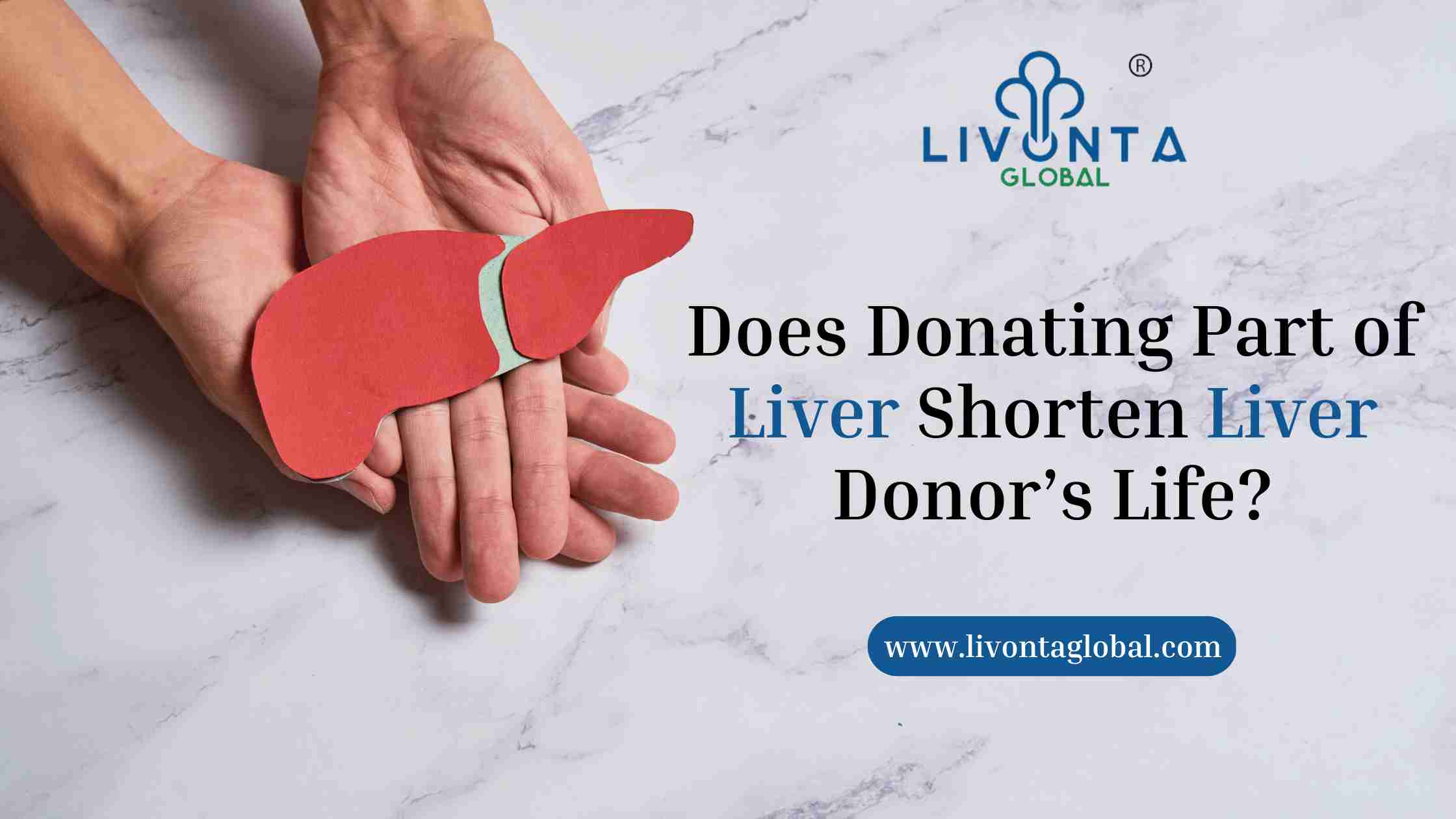
Does Donating Part of Liver Shorten Liver Donor’s Life?
A living donor transplant occurs when an organ or a portion of an organ is removed from a living person and given to someone whose organ functionality has been damaged.
On the same line of explanation, a liver transplant is a procedure in which a healthy living person donates their liver or a portion of their liver to a person who has a non-functional liver. The liver gradually grows back to its original size. It would be ideal if the transplant is done from any reputed liver hospital in India.customflooringconsultants.com
customflooringconsultants.com
ortopedski čevlji z kapico
handschoenen tijgerprint
adidas 白 パーカー
my carry bag myomy
električni sušilec za perilo
geosbau.at
sewingcrew.com
koiran portaat
In most cases, liver transplant can be –
- Living Donors
- Paired organ exchange: This procedure involves finding another comparable pair and exchanging organs when a living donor is available but the problem is incompatibility.
- Deceased donor transplant: When a person passes away from any cause and their guardian decides to give their organs, this is known as a deceased donor transplant. This also occurs in cases of brain death.
How to be a living donor?
One who wishes to donate their liver should be fully aware of the risks involved. Not only should you be aware of the hazards, but also all the significant procedures that go into a transplant. The experts will carefully examine each stage before doing the liver transplant in India –
Evaluation – Used by the medical team to make sure the livers are properly matched. It consists of tests like:
- Medical history and physical examination
- tagging tissues
- a blood test
- testing urine
- Only females over 45 are eligible for PAP smears and mammograms.
- Colonoscopy
- Echocardiogram
- X-Rays
- ECG
- psychological and social assessment
Surgery
An incision is made on the donor’s abdomen during surgery, exactly below the ribs. Depending on the patient’s needs, a piece of the liver is removed without upsetting any vessels that are attached to it. Following the suturing of the remaining liver, the incision is closed.
Recovery
This stage necessitates a 7-day hospital stay following surgery. The donor may experience pain at the location of the incision, although this will be managed by painkillers. It is customary to keep a close eye out for the liver’s healing and regeneration processes. Weights more than 5 kg should not be raised for at least 8 weeks after discharge. The donor might need to go to the hospital every week and take their prescription. They should also practice holding their incisions and moving their legs as instructed. The donor liver will grow to virtually its original size in 6–8 weeks, which is the best part of liver transplantation. Most donors show complete personal and professional healing in 6–8 weeks.
Risks
- Possible allergy to anesthesia
- discomfort and suffering
- Blood transfusion
- Chances of blood clotting
- Pneumonia
- Nausea
- Infection of a wound
- Bile duct issues and leaks
- Hernia
- scar tissue development
- Death (extremely rare)
Common Misconception
The common misconception is that it is similar to a kidney transplant and that the patient may have to live without some of their liver tissue for the rest of their lives. The only organ in the body that can gradually grow back to its original size is the liver. What follows a gift is this. Within 6 to 8 weeks, your liver is as good as new. After that time, you can return to each aspect of your lifestyle pattern.
What could be the life expectancy of a living donor?
It would be the same as that of any normal person or someone without a liver transplant. Now that you know, you can live a long and healthy life without worrying about the effects of a living liver donation. The remainder of your life is spent with a sense of satisfaction and pride. And you’re revered by the public as an idol that they hope to emulate in the future.
Liver Transplant Treatment
